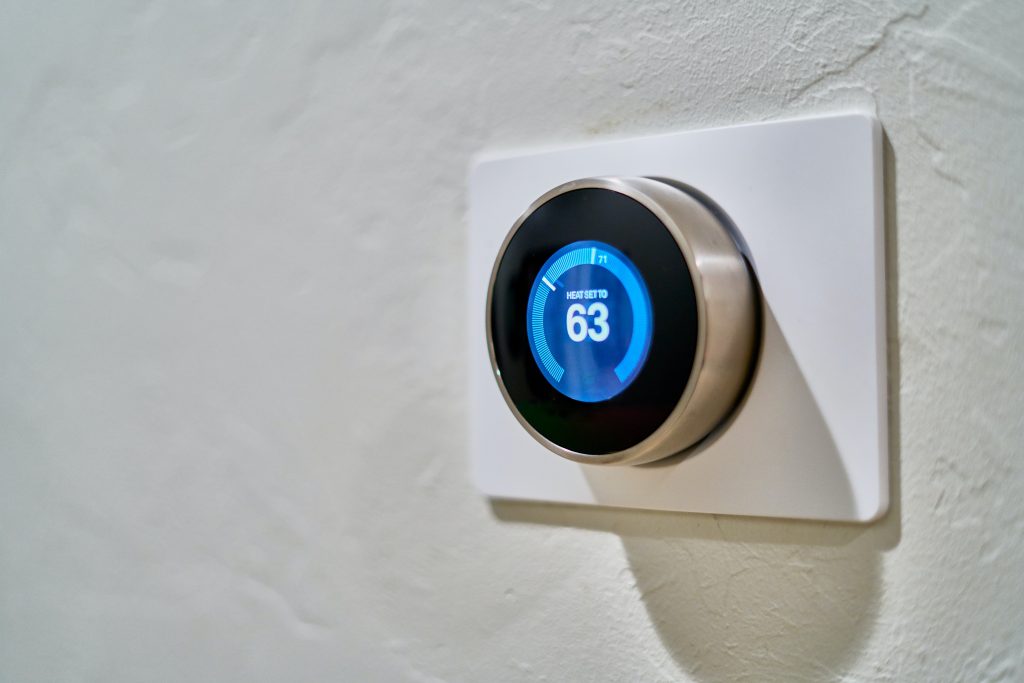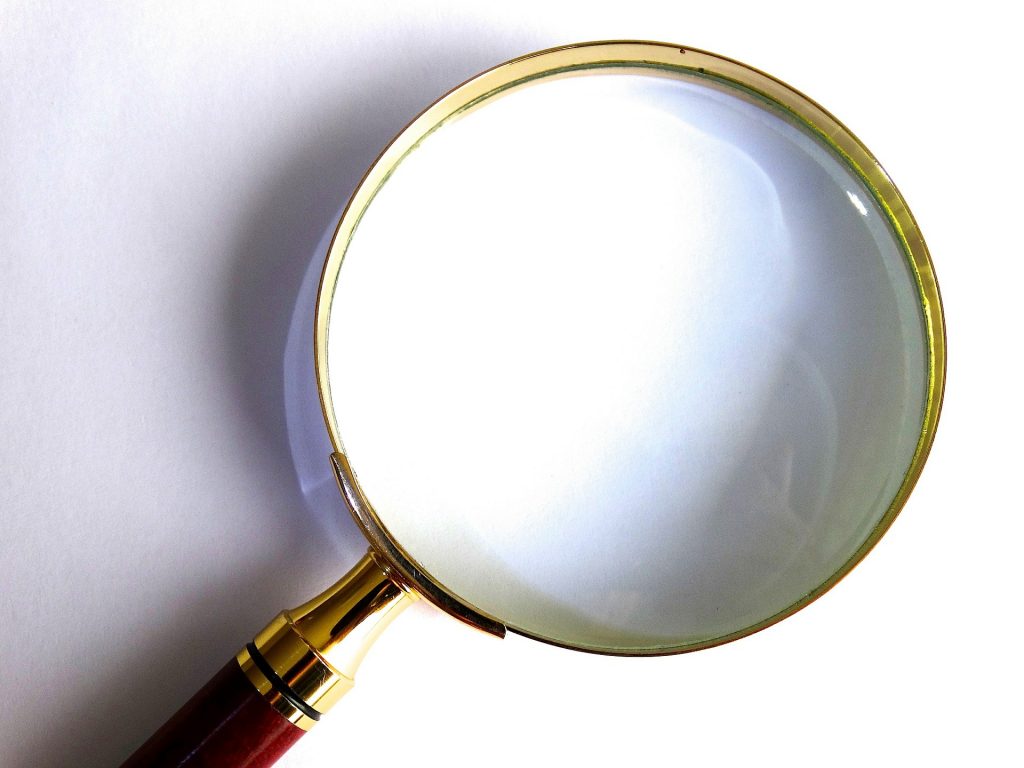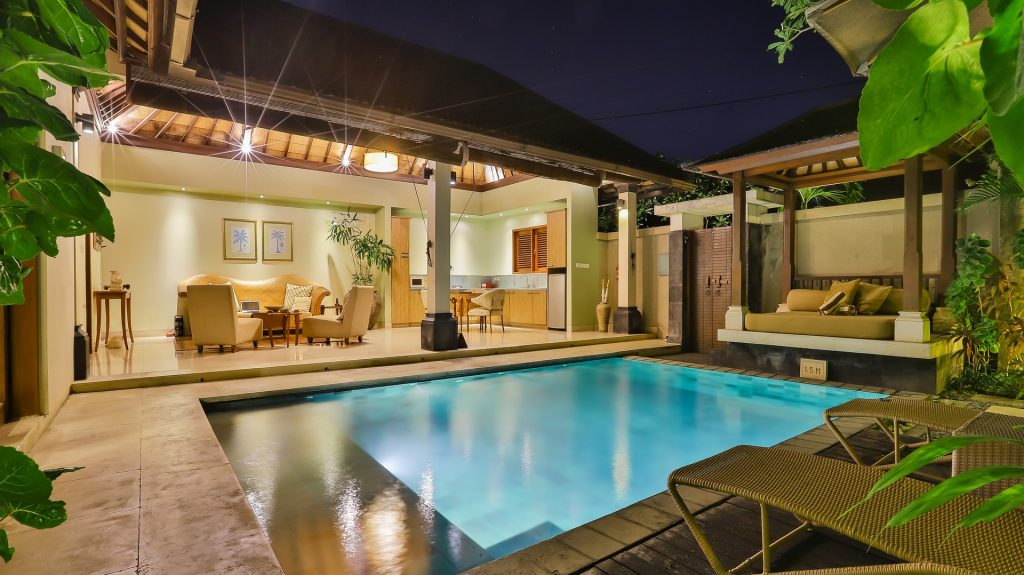Have you ever wondered, “What is auxiliary heat?” It is one of the most common issues that can affect your heating system. So, it’s vital to ensure that your heating system works appropriately during cold months. Otherwise, the malfunctioning system can make your space uncomfortable.
If your heating system has malfunctioned, you might need additional heating to boost your less-functional one and achieve the desired level of warmth at home. It’s in such a situation that you need an auxiliary heating system to help reinstate heating normalcy.
What is Auxiliary Heat?
Auxiliary heat uses additional methods to provide heating in a building when the primary heating method, typically natural gas or electric resistance, is insufficient.
You can use auxiliary heat independently or with another form of heating. When your auxiliary heat keeps turning on, it means there’s an issue with your primary energy source, and you need to turn on something else for additional warmth in your home.
It might also mean that there is too much demand for power at this time. As a result, the power company might have turned off some power lines to limit the supply, leaving your house without enough electricity.
What does it Mean When Auxiliary Heat is on?
If you’re looking to answer the question “Why does my thermostat say aux heat?”, then know that it’s been set to use auxiliary heat instead of normal heating. Various reasons could lead to an auxiliary heat turning on. This is one of the main concerns thermostat users have since most don’t know what it means when the heat turns on.
When an auxiliary heat turns on, then you could be dealing with either of the following issues:
A Heat Pump that’s Not Working Properly
It might be that your heat pump is not working correctly, and it’s turning on the auxiliary heater. However, this would depend significantly on the type of heating system installed in your home or apartment.
If you don’t know which one you use, it is best to contact a technician to determine what type of heating system you’re using and what auxiliary heat is.
A Heat Pump with a Defective Thermostat
It could also be the case that your thermostat has a defective setting, causing it to turn on the auxiliary heater instead of turning on the heating system. If this happens, you need to contact a technician since they will find out what is causing it and turn on the auxiliary heater.
A Heat Pump System with Auxiliary Heaters
If your heat pump system has an auxiliary heater, then it’s also possible that you’re simply engaging one of these heating systems. These are usually used when the outside temperature drops below a certain point to keep the inside temperature warm.
That is especially useful when you have a heat pump that doesn’t work well in colder temperatures or if it has trouble heating your home by itself.
Why You Need a Heat Pump Aux Heat
An auxiliary heater in your heat pump system can be helpful to keep the inside of your home warm when the outside temperature drops below a certain point. This is especially important if you’re living somewhere that gets very cold in winter or if your heat pump has trouble heating your house by itself.
It would be best to have a heat pump that could work with auxiliary heat during the colder months of winter. If you’re looking for a new heat pump, be sure to ask whether it can use auxiliary heating and what temperatures are necessary for this type of system to work.
Heat pumps aux heaters are also important in areas that get very hot during the summer months. This allows your home to remain cool even when the outside temperature is above what your heat pump can handle.
If you are living somewhere where winters can become brutal, ensure you have a good auxiliary heater installed with your system. This way, you’ll enjoy the home you love even when it’s freezing outside.
How an Auxiliary Heater Works
Auxiliary heat works with your main central heater and seamlessly kicks on whenever your furnace stops working. It also takes center stage when your furnace isn’t generating enough heat for you during the winter months. Auxiliary heat is typically a part of a heat pump and can be activated in several different ways.
An aux heat comprises a set of radiant heat strips installed near your ductwork. These strips can send heat through small tubes that are connected directly to your furnace. This way, it can produce a significant amount of extra heat that you need for home use. You don’t need to worry about being too cold indoors or having problems with frozen pipes during the winter months.
Auxiliary heat is connected to the heating system and can be used as necessary. It is typically found along with a heat pump, but it doesn’t provide your entire home with warmth during the winter months.
The auxiliary heat switches automatically when the temperature drops too low inside your house or if you need additional heat for just one room. These pumps are typically installed as part of a standard HVAC system. You can control them using the thermostat, which will tell it when to turn on and for how long.
Among the available heating systems, a heat pump stands out as a great source of auxiliary heat. It mixes warm air with cooler air that enters through your return ducts. An oil-fired furnace may also supply some auxiliary heat during the coldest months of winter.
Turning on your heat pump aux will help reduce your monthly utility bill and make you feel more comfortable in your living space.
Final Verdict
Auxiliary heat is a great way to reduce your bill while staying safe and warm in winter. It will help you get through those cold nights but not at the risk of high energy bills. So what are you waiting for? Find out what auxiliary heat systems are ideal for you and your home today. Seek help from your nearest professional heating contractors for more information. Also, check out our other articles on useful topics such as “troubleshooting Trane furnace“.
[related_posts_by_tax posts_per_page="3" format="thumbnails" image_size="medium"]










